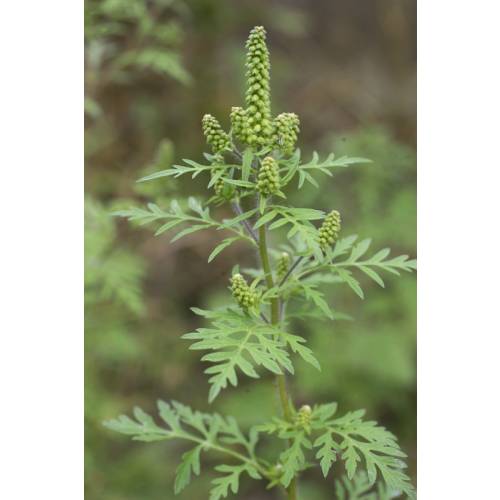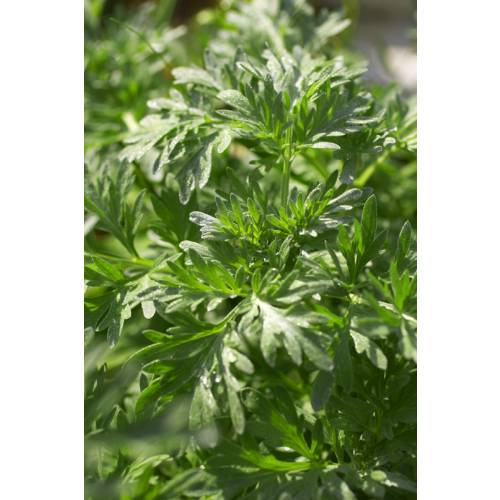
Garden Law
Forbidden plants
- Details
-
There are plants that we are not allowed to grow in our gardens, and we are not only talking about only cannabis here! You might as well know them so you do not find yourself on the wrong side of law.
Dangerous plants
A few species can cause serious problems to public health. The annual ragweed (Ambrosia artemisiifolia) with its pollen provokes allergies, which make it very undesirable wherever it grows. As it is not decorative, it is not found in gardens. However, it tends to self-seed in places that are not maintained. Nevertheless, numerous decrees have made the fight against it compulsory, meaning that it is forbidden to let it flower and reseed. Learn to identify it and cut it before it blossoms, from end of July.
Even if it is not forbidden to cultivate it, the giant hogweed (Heracleum mantegazzianum) can pose medical problems. Its stem can give extremely nasty stings: it provokes blisters and burning of the skin after contact, especially on sunny days. It is wiser not to have this plant near pathways, or you could be held responsible for the injuries it might cause.
Plants that escape
Other plants have the unpleasing habit of reseeding in nature. They can create a mess in certain conditions, supplanting the rest of the vegetation. So, it is strictly forbidden to transport the creeping water primrose (Ludwigia peploides and L. grandiflora). This aquatic plant has multiplied so much in some areas that it has modified the flow of water in certain rivers. The Common water hyacinth (Eichhornia crassipes) is also forbidden for the same reasons in certain areas of Spain.
Numerous other plants are locally inadvisable because of the biological invasion they cause. If in doubt, contact the office of the natural parks in your area or an association for the protection of nature, which will be able to advise you on the plants to avoid.
The disease carriers
Some sensitive plants can act as a vehicle for the transmission of disease to others. This is why, it was forbidden for a long time to plant, Sorbier trees and Hawthorns, which helped propagate the fire blight, a disease that has regressed since. You are however allowed to plant these trees in your garden. I would even recommend it, as they are good for birds and for you, thanks to the lovely display offered by the blossom and the fruits!
Aesthetic constraints
It is also forbidden, purely for aesthetic reasons to plant certain hedging plants depending of the area you live in. Contact your local city hall, especially if you intend to plant a long hedge.
Odious, but not forbidden !
We often believe that it is forbidden to cultivate a certain number of plants in our gardens. On the contrary, the Opium Poppy (Papaver somniferum), The Wormwood (Artemisia absinthum) and other highly toxic plants (like the Henbanes, the Mandrake or the Common Foxglove, for example), are all perfectly legal. Unlike Cannabis, which is strictly forbidden in any form, these plants can find a home in all gardens. However, do not plant them within the reach of children or pets as they could poison themselves with them! - Photos (3)



